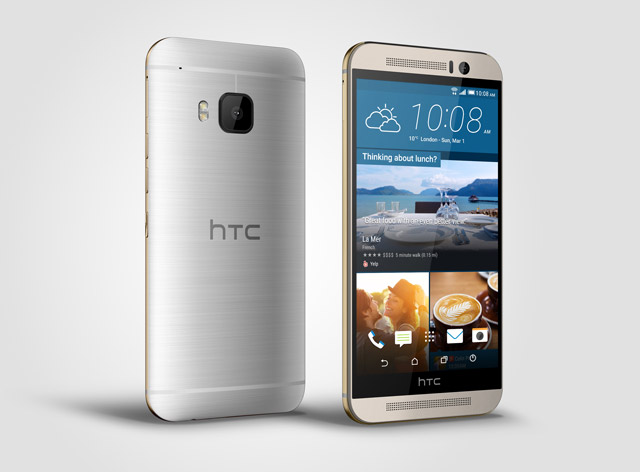
In electronics manufacturing, there’s no better sign you’ve made the big league than winning a deal to supply an international brand. Conversely, nothing says loser more than an international brand being relegated to the minor league of contract work.
Google, of Android operating system fame, released its first Pixel smartphones on Tuesday to replace its Nexus line-up. HTC has been selected to assemble the device, becoming for Google what Foxconn is to Apple.
“Google has done the design work and a lot of the engineering,” the California-based company’s hardware chief Rick Osterloh said.
Ouch! That has to hurt. After spending years building its design and engineering chops, HTC has been demoted to water boy. Supplying Google with smartphones isn’t a victory — it’s an embarrassing end to HTC’s decade-long campaign to break out of that contract manufacturing business and stand on its own two feet.
There was a time when HTC wasn’t just the biggest Android smartphone maker, but the only Android smartphone maker. It was the first to make handsets for Microsoft’s mobile software, the first to make a 3G smartphone, the first to add GPS, and the first to manufacture devices using Google’s operating system.
HTC’s brand was so successful it made Interbrand’s global top 100 list in 2011, the same year it pipped Apple and Samsung to briefly and gloriously top the US smartphone market.
Now, HTC can barely ship a few crates of phones each quarter — its share has shrunk so much it shows up under the ignominious category marked “other” in market research.
If you can’t be bothered with marketing, you might as well be a lowly contract manufacturer
How it managed to squander such an early lead can’t just be put down to discount wars started by the likes of Xiaomi. Nor can it be blamed on a Nokia-like failure to evolve its product range in line with consumer tastes. HTC has kept up with, and very often led, every development in smartphones over the past 20 years, from faster chips to better cameras and improved screen resolution.
At fault is a fundamental failure of leadership in both design and marketing. For years, HTC refused to change its form factor, even as Apple kept setting new benchmarks in hip and Samsung learnt you can make a smartphone that doesn’t look ugly.
Messed up
When it did come up with something cool — its M-series One phones — management couldn’t be bothered with marketing. At a time when Samsung’s ad spend topped the GDP of a third-world nation, HTC spent US$12m signing Robert Downey Jr only to then cut its annual marketing budget, thus failing to leverage its newly acquired star. It didn’t help that management later decided to load the company’s expensive flagship phones with freeware in a move that alienated its most loyal customers.
Five years after climbing to the top, HTC has lost almost 90% of its market value and its only hope is to convince someone, anyone, that virtual reality can be a winner. But given how it messed up smartphones and Google’s entry this week into the same space, that’s a stretch.
If you can’t be bothered with marketing, you might as well be a lowly contract manufacturer. HTC playing second fiddle to Google simply highlights its loser status. — © 2016 Bloomberg LP




